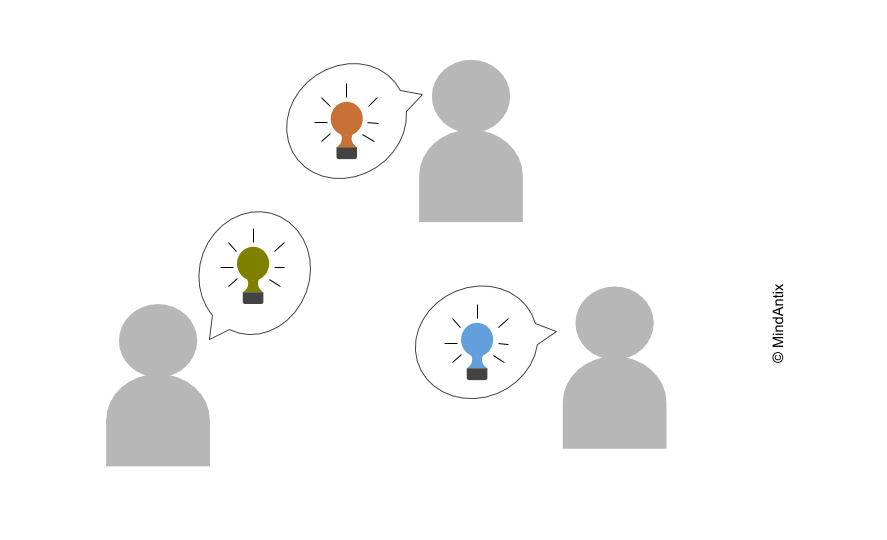Lev Vygotsky, a highly influential Soviet psychologist, believed that learning in children is heavily influenced by social interaction. At the earliest stages, an infant’s unsuccessful grasping motion is (incorrectly) interpreted as pointing by parents and their subsequent response determines what the baby learns about that gesture. This kind of learning isn’t just limited to the infant stage or to simple tasks. Higher order cognitive processes, he believed, follow the same pattern – they start at the social level and are then internalized at an individual level.
Vygotsky’s theory of social constructivism is also the underpinning of the more recent peer and cooperative learning. While adults like parents and teachers play a crucial role in learning, children’s conversations with each other play an equally important role. Through exchanging ideas, asking questions or offering explanations children can help each other build better mental models of the concept they are learning.
The advantages to peer learning aren’t limited to knowledge building. Several research studies have shown the benefits of using peer learning that go beyond the cognitive domain. Here are three reasons why peer learning can be beneficial to students and culture:
Better Learning Outcomes
The biggest advantage of peer learning is the increase in academic achievement. Several structures of peer cooperative learning, like Student Teams-Achievement Divisions and Teams-Games-Tournament, have been studied and all of them consistently shown that students perform significantly better with peer learning than without. While the majority of these studies focused more on knowledge acquisition, there are indications that peer learning is just as beneficial for building higher order thinking skills. In one study researchers broke out tasks into “high cognitive level” and “low cognitive level”, and found positive achievement gains on the high level items.
Positive Social Gains
A key benefit of peer learning is the increase in communication and social interaction skills among students. One study found that the gains in cooperative learning skills correlated with social gains both in and outside of the class. Students in peer learning have also reported more positively on mutual concern – liking their classmates’ and feeling that their classmates like them too.
Improved Racial Relationships
Cooperative peer learning has been found to be one of the best ways to improve racial relationships. Several studies have documented that students in mixed race groups, name more of their classmates from different races as friends compared to control groups. One followup study found that the students who had worked in interracial groups made significantly more cross-racial friendships several months after the study ended.
In our programs, peer learning is a central component in both structured and unstructured formats. For example, in our “How To Be An Inventor” program, we teach students how to give constructive feedback to each other. Before students present their ideas to the group, we explain that the goal for the students is to improve each other’s ideas and make it the best possible version. With that goal as the backdrop, we often find that students ask great questions and offer concrete suggestions to improve each others’ ideas. Peer learning is also supported in other unstructured ways when students browse their friends’ solutions online or when they walk over and see how others are working on a problem.
While there is no formal reward associated with being constructive peers, the social recognition that comes with it, is enough to cognitively and emotionally engage students. In addition, we often find that students build more confidence and start relating better to their classmates.

